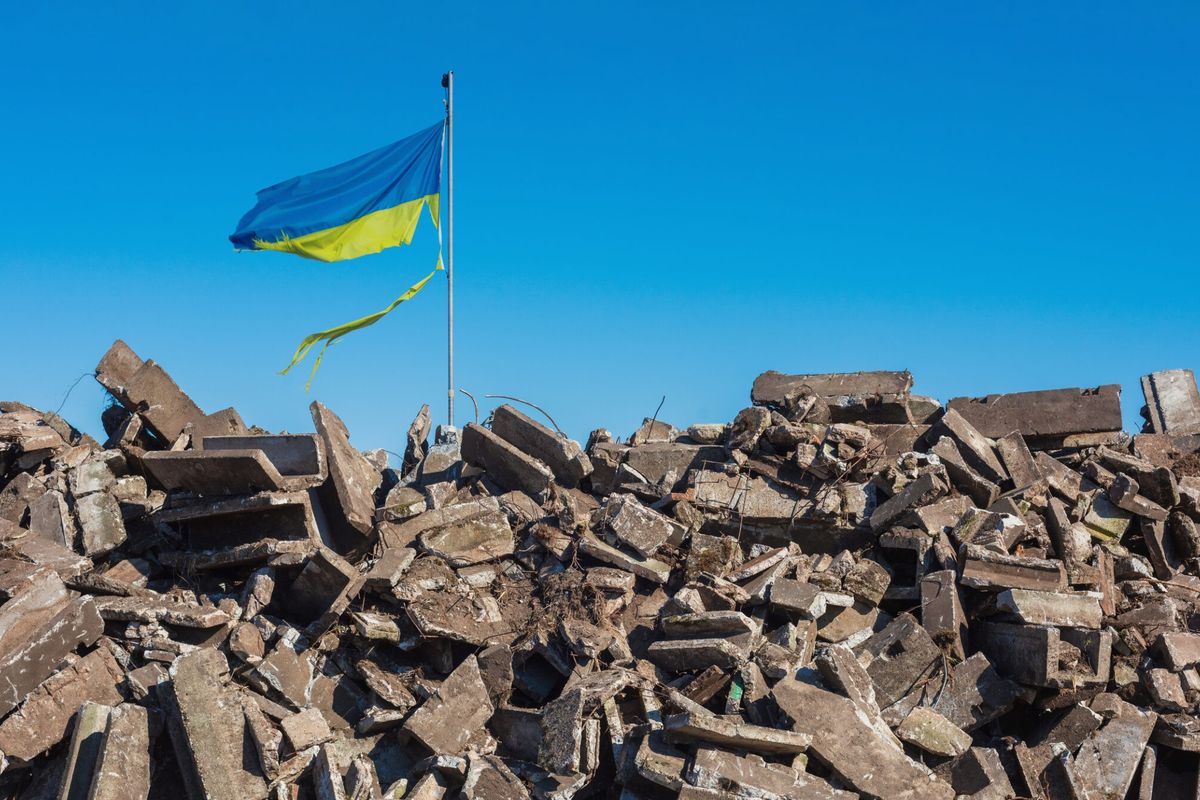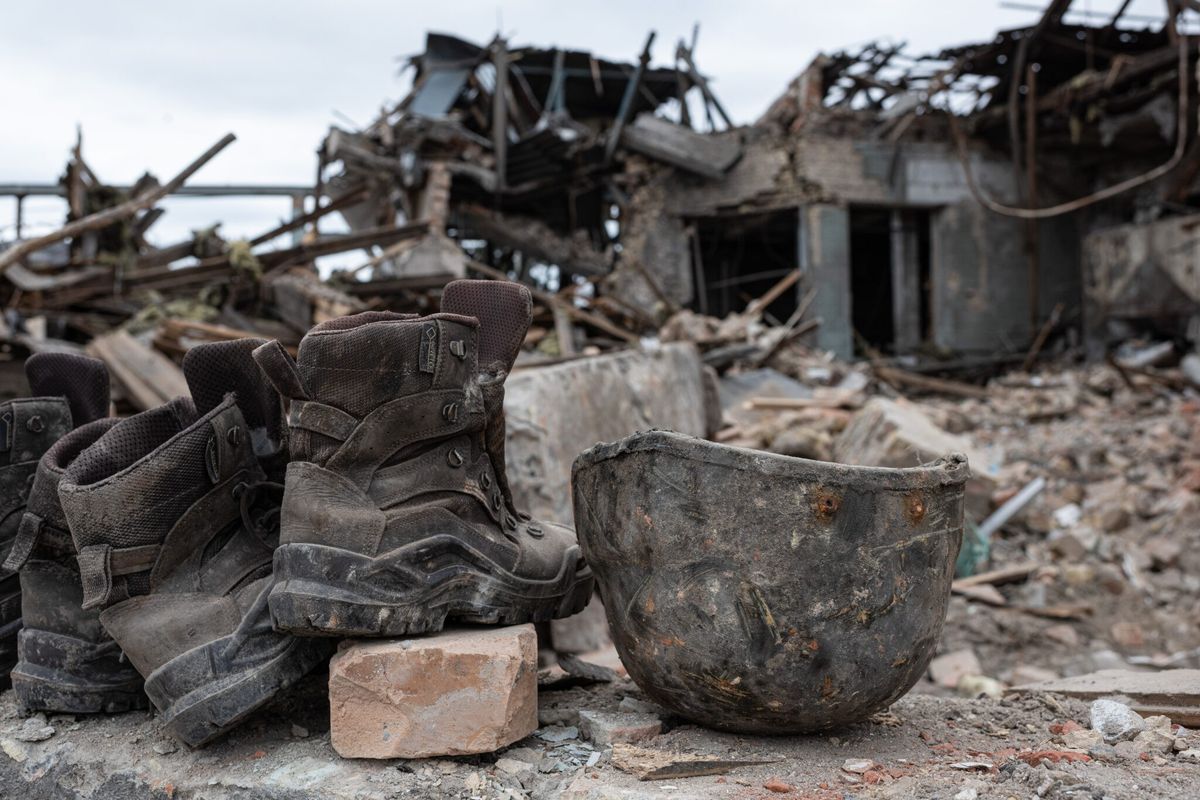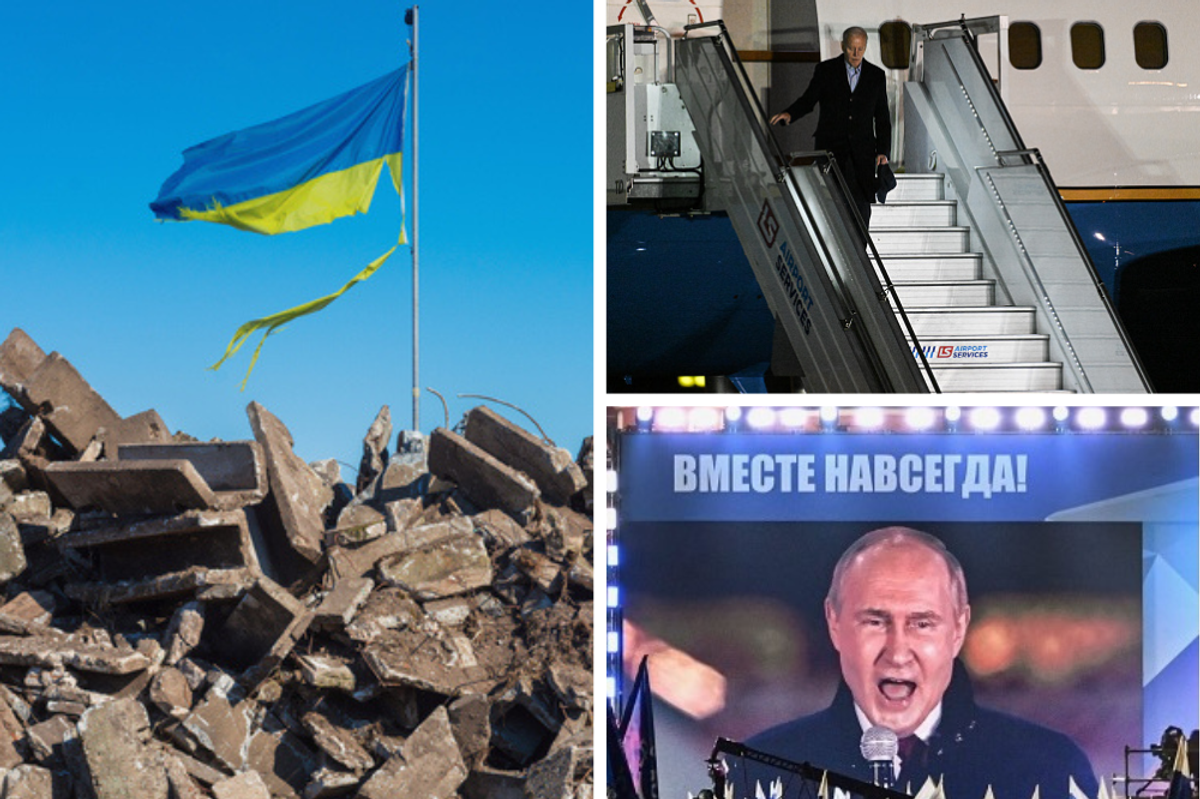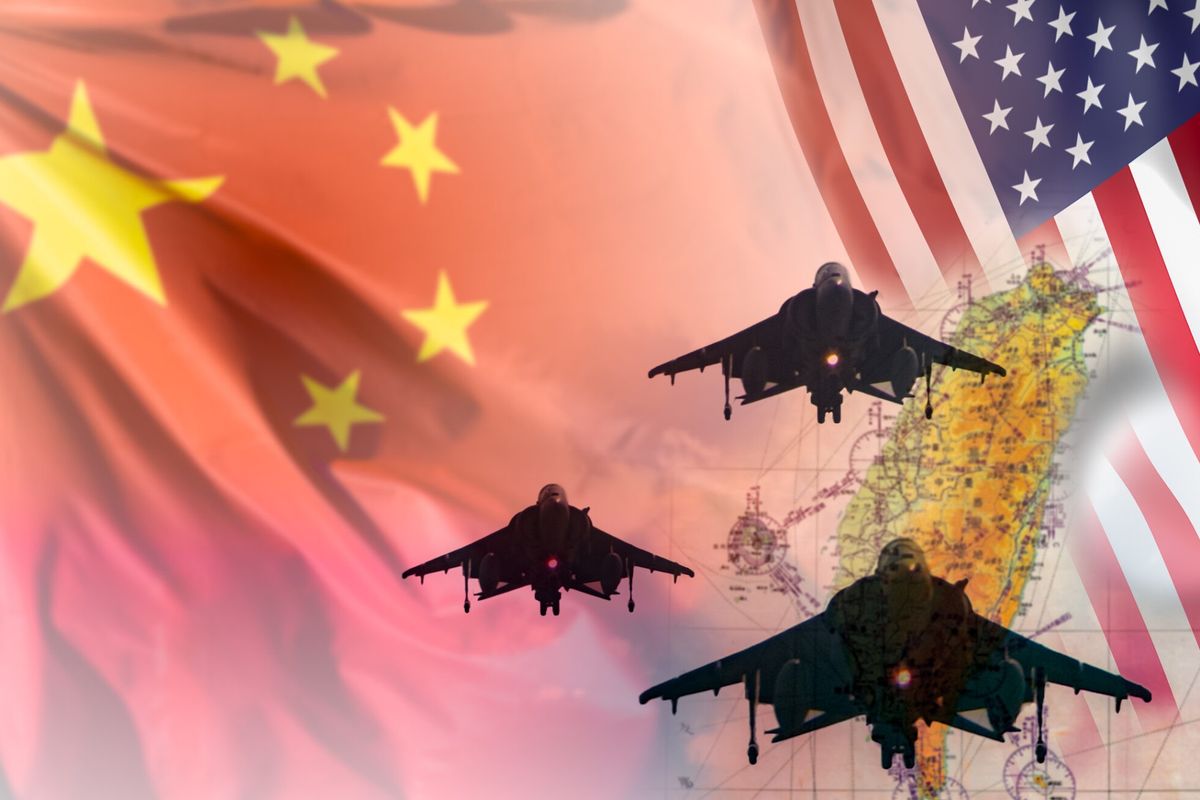Five Things to Watch as Canada’s PM Justin Trudeau Visits Washington
Less than six months after leading his Liberal Party to a decisive victory over Stephen Harper’s Conservatives, 44-year old Canadian Prime Minister Justin Trudeau visits Washington, D.C. for meetings and a formal State Dinner March 10 hosted by President Barack Obama. The visit will be more symbolic than substantive as is typical for state visits – that is one reason why Harper opted for working meetings with U.S. presidents George W. Bush and Obama.
There are at least five things that will determine the success of the visit overall and its significance for the U.S.-Canadian relationship.
Energy meets Experience: Trudeau has had a strong start as prime minister, garnering attention at international summits and pursuing a bold agenda at home. The Obama administration, meanwhile, is counting the weeks to January 2017. Canadian officials see opportunity to advance several bilateral projects that represent unfinished business from the Harper-Obama agenda, from Customs pre-clearance to regulatory cooperation, in the final months of the Obama administration. Trudeau is bringing leading members of his cabinet, who will use the visit to forge personal relationships with their counterparts seeking to leverage these to Canada’s advantage.
Continental Climate: During the Harper years, senior Liberals (including some now working for Trudeau) offered a hypothesis that if Canada was proactive in addressing climate change, this would enable a more constructive dialogue with the United States about oil and gas pipelines, including Keystone XL, which Trudeau supports. In Paris this past December, Trudeau committed Canada to efforts to limit global temperature increases to 1.5 degrees centigrade and is working with provincial governments to deliver on this pledge. Trudeau also hopes to host a North American Leaders Summit in Canada later this year and engage Obama and Mexican President Enrique Peña Nieto in talks aimed at a North American energy and climate accord (to that end, Trudeau has also worked hard to repair relations with Mexico, which were poor under Harper). This week’s visit may advance this agenda and offer evidence for whether this hypothesis is correct, based on the response from the Obama administration.
Trade Tensions: President Obama’s legacy on trade is tied to the Trans Pacific Partnership (TPP), and Obama was responsible for bringing Canada to the TPP table. Trudeau has reservations about the current text, such as a bilateral agreement with Japan phasing in automotive provisions that is similar to one that the United States has already. He may seek changes before ratifying the deal. Certainly Canada, like most TPP signatories, will not proceed to ratify the agreement until the United States does, which Republicans in Congress say won’t happen until 2017. Trudeau’s visit provides Obama with a chance to push back against Congress and promote the TPP, which could help persuade Canadians to support the agreement, helping Trudeau domestically.
Of more immediate importance is a looming fight over softwood lumber: the agreement that resolved the last softwood fight expired in October 2015, and there is a one-year moratorium on U.S. countervailing duties against Canadian imports that will expire weeks before the U.S. election. Canada endured the prior settlement, because U.S. demand for lumber, driven primarily by new home building, fell after the 2008 mortgage crisis, and because China’s booming economy absorbed plenty of Canada’s output. Now, as the U.S. economy shows signs of recovery and China’s slows, the terms of the old deal chaffed. Trudeau needs Obama’s help to resolve this issue before it becomes a crisis.
Alliance Assessment: Canada has troops on the ground training Kurdish fighters as part of the U.S.-led coalition against the Islamic State, and deployed troops last year to Poland and trainers to Ukraine in response to Russian aggression. Trudeau’s support for these missions has been questioned in Washington; he ordered Canadian fighter aircraft flying bombing missions against ISIS in Syria to return home, and he indicated during the Canadian election that he would cancel Canada’s commitment to purchase 65 F-35s fighter jets to replace Canada’s current CF-18s. Canada has long been one of the United States most reliable allies, and as the conflicts multiply around the world, the Obama administration will want to clarify the Trudeau government’s commitments and resolve.
U.S. Politics and Celebrity Diplomacy: In a 60 Minutes interview broadcast Sunday, Trudeau set the stage for this week’s visit with thinly veiled criticisms of Republican presidential candidate Donald Trump and commented that one thing Canadians don’t like about Americans is that they are “not aware enough about the world.” A speech Friday at the Center for American Progress will add to the impression that Trudeau is betting on a Democratic Party successor to President Obama. To an extent, the image-conscious Trudeau has cultivated the Vogue magazine profiles and celebrity coverage of himself. This has served to insulate him from the kind of media backlash that would have followed similar comments from Harper, or a Harper speech at the Heritage Foundation for example. But as Obama knows too well, celebrity has its limits, and over-exposure can undermine the power of celebrity. Famously well-mannered Canadians and ornery Republicans will both watch Trudeau closely during the visit. The appearance that he is commenting on U.S. politics will damage his standing with both.
All of which will add significance to the symbolic toasts in tuxedos, when the leaders celebrate the long and storied friendship between the United States and Canada, which is a welcome bit of recognition for one of the United States most beneficial and successful relationships.
Dr. Christopher Sands is Senior Research Professor and Director of the Center for Canadian Studies at The Johns Hopkins School of Advanced International Studies (SAIS). He is concurrently the G. Robert Ross Distinguished Visiting Professor of Canada-U.S. Business and Economic Relations in the College of Business and Economics at Western Washington University. From 2005 until 2012, he taught in the School of Public Affairs and the School of International Service at American University.















